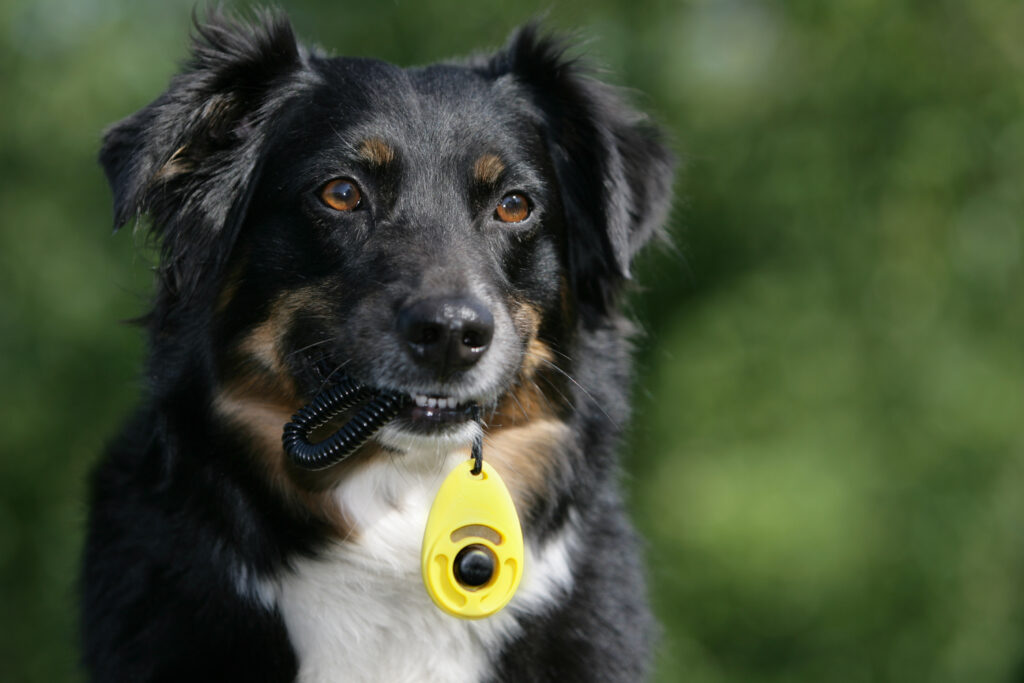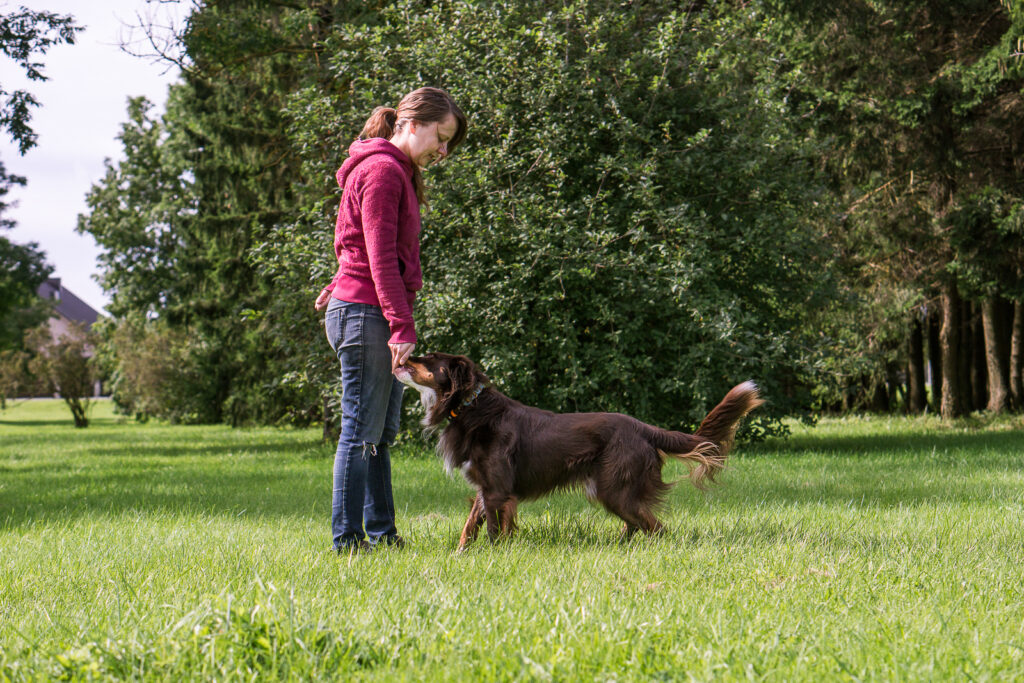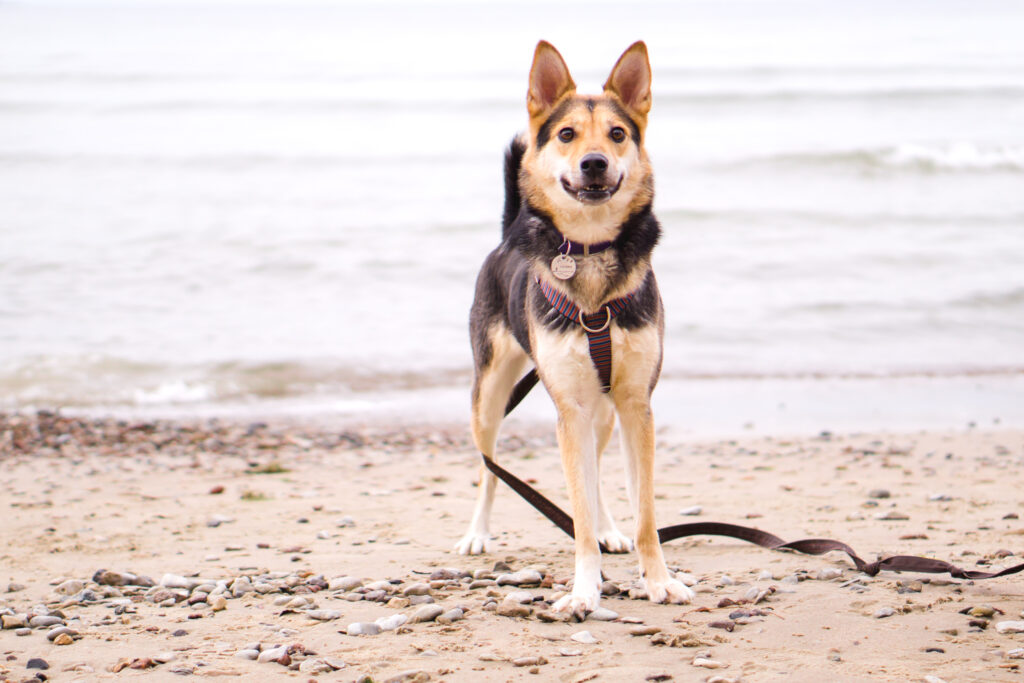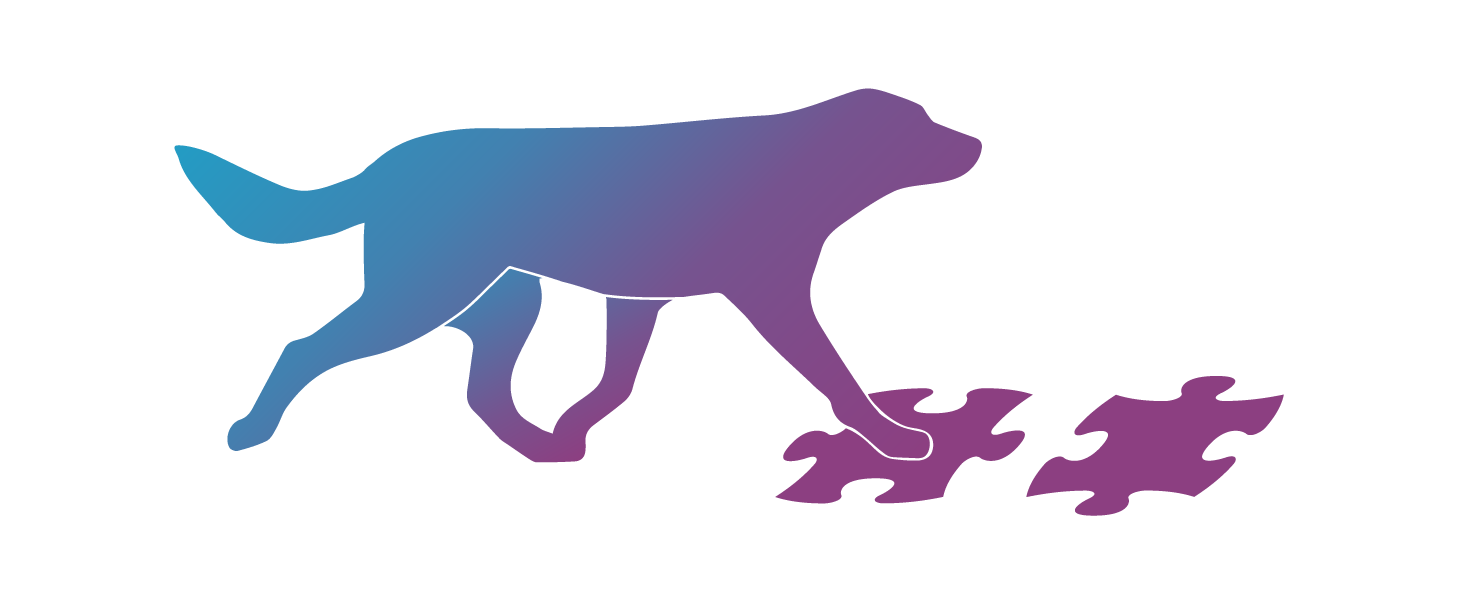I just love talking about handler mechanics and practicing our own movements and reinforcement delivery without our dogs. It’s one of these areas that is often overlooked in dog training. After all, training dogs does require having dogs in the training session?!
However, we can’t really train technical elements without practicing our own movements and mechanics first. And, funnily enough, the better trainers we become, the more we want to train our own mechanics without our dogs. And for a good reason!
I wrote down 3 ways that working on your handler mechanics can help boost your training.
#1 Become a better trainer without any dog training
Working on your own mechanics is the one thing that actually helps you to become a better dog trainer without increasing the workload of your dog. If you are like me and your dogs are already engaged in different sports activities and training sessions, then it may be difficult to squeeze in yet another training session with them.
And that’s where working on your own mechanics without your dog actually becomes handy. You can easily set up and practice different training sessions or imitate different training scenarios that you’re facing with your dog. And you can practice the exercises exactly like you would do with your dog. As a result you’ll improve your timing and clean up your own movements. It also helps you to be clear with your reinforcement delivery. Training without your dog really helps you to focus on what your body is doing. The results may surprise you!

Imitating the training scenarios without your dog also helps you to see what skills your dog needs in order to complete the exercise successfully or what behaviors you still need to work on before adding them into the chain.
That takes us to point number 2…
#2 Clarity helps your dog to learn faster!
Practicing your own movements and reinforcement delivery without your dog actually makes your training sessions a lot clearer for the dog. As a result your dog will be able to learn faster and his performance will be a lot more precise.
You doing your part well during the training means that your dog will instantly be able to perform better. Your dog doesn’t have try and figure out what your accidental movements mean. He also won’t have to wonder how and where will the reinforcement be. He is free to focus on the exercises and understand what is his task.

With clear mechanics, there will be no confusing movement from your part. And you’re more likely to set up your learner for success rather than mistakes. Soon you’ll wonder how did your dog start learning new behaviors so quickly?! And this smoothly leads us to point number 3…
#3 You’ll get way less unwanted behaviors!
Us being clear with our mechanics during the training sessions helps to remove a whole lot of different training problems.
If you have a dog who seems to have low food motivation and this is not overly interested in training, then clearing up your own movements and handler mechanics can really improve the training experience for both you and your dog. Clear handler mechanics results in a dog, who is keen to learn and happy to eat treats. Clarity during training sessions helps our dogs to be more motivated and engaged. Your dog is less likely to go sniffing, avoid you during training (trust me, I’ve been there with my rescue dog Mirru!) or walk away from your training area.

The same applies to dogs who get overly excited near reinforcement. Having clear system in place about where and how they will get the reinforcement means that the dog is more likely to stay cool when near those super exciting food treats. That means less barking, frantic movements or mugging your hands for treats. Sounds nice, doesn’t it?!
BONUS! #4 Improved movement skills
Working on your handler mechanics helps your dog to stay in The Flow mindset! To be focused on the exercises, move with precision, be motivated and engaged during your training sessions. As a result your dog will also develop better movement and fitness skills during the training.
By training with clean mechanics, you can be sure that instead of training poor motor skills, your dog will actually become better coordinated and your training sessions will have the desired effect. And that is a huge bonus for focusing your attention to improving your handler mechanics.
Taking your training to a new level
If you’d like your dog to become better and faster learner who is motivated and engaged during training sessions, then improving handler mechanics is one of the key things to work on. You don’t have to spend more time training your dog in order to get rid of stressing high or low behaviors like sniffing, walking away from the training session, barking, frantic movements. Having clear mechanics and reinforcement delivery will almost always result in a better training experience to you and your dog.
I’m currently running a handler mechanics challenge in my exclusive, Members Only Facebook group. Here’s a video of the first day of the challenge. I hope you’ll enjoy it 🙂
If you enjoyed this blog post, share it with your friends using the buttons below ????
Or leave me a comment, letting me know you’re here! It’s a huge +R for me 🙂 Thank you!
Happy training!
Mari & Co.
